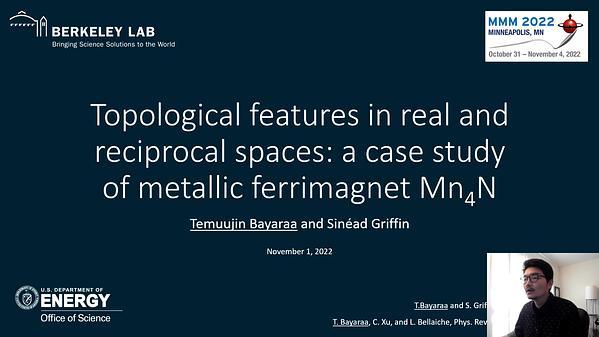Would you like to see your presentation here, made available to a global audience of researchers?
Add your own presentation or have us affordably record your next conference.
Magnetic Particle Imaging (MPI) is a novel medical imaging modality that is in a preclinical stage 1. MPI scanners use rf magnetic fields to excite and measure oscillations in superparamagnetic iron oxide nanoparticles (SPIO) so that the signal is proportional to SPIO's concentration. Applying a gradient magnetic field allows an MPI scanner to spatially localize the signal. Our group has designed a single sided field-free line (FFL) scanner, which has all hardware on a single side of the device providing an open imaging volume, useful for imaging larger subjects such as humans. Compared to a field-free point scanner 2, our device promises higher sensitivity and robust image reconstruction.
In the past, we demonstrated 1D imaging capabilities by implementing electronic scanning of field-free line (FFL) across a simple rod phantom 3 and simulated 2D image reconstruction with backprojection technique 4. In this work we demonstrate the 2D imaging capability of our prototype scanner by imaging phantoms, which include a single rod and two rods in orthogonal orientation, i.e. "elbow". Each rod has a diameter of 1.2 mm and a length of 10 mm and filled with undiluted SynomagD SPIO. To excite the SPIO in our samples we applied an rf magnetic field created by a low noise sinusoidal current source at 25 kHz producing a magnetic field of 1.5 mT at the surface of the scanner. For image encoding the FFL is created and dynamically scanned across the sample by two programmed DC power supplies providing a gradient of 0.58 T/m. The signal is recorded at 0.5 mm step over 4 cm interval of a rotated sample at diffrent discrete angles. The resulted backprojection reconstruction images are shown in the Fig.1. The final images were also deconvoluted with the experimentally obtained point spread function providing a spatial resolution of 4 mm. At this relatively low field gradient this is a reasonable result and in the future we will incorporate higher field gradient and dynamic trajectory correction to improve the uniformity of the image. This work is a significant first step towards human MPI imaging that can be potentially used for diagnostics and biopsy of cancer.
